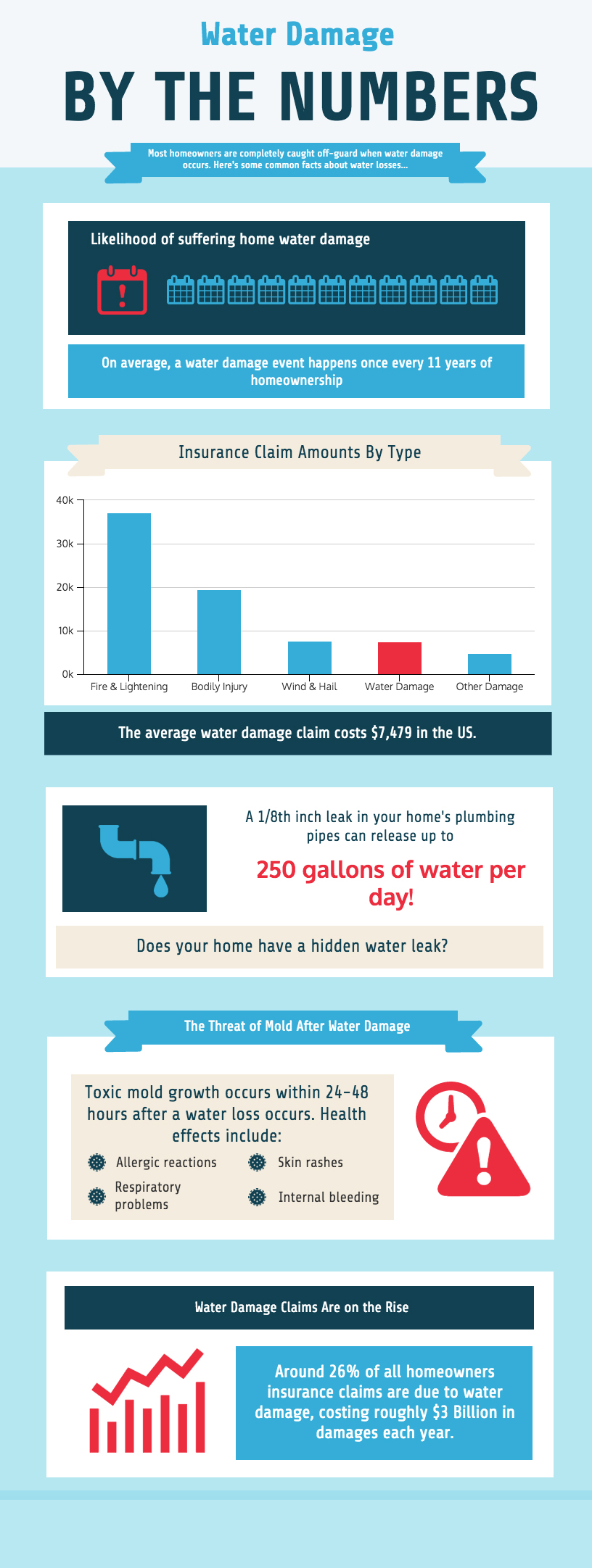The Impact Of Weather On Roofing Installment: Ideal Seasons And Issues For An Effective Project
The Impact Of Weather On Roofing Installment: Ideal Seasons And Issues For An Effective Project
Blog Article
Post By-Vick Mouritzen
When it involves roofing system setups, the weather can make or break the work. Imagine the irritation of taking care of products that won't cooperate due to severe heat or battling slippery surface areas brought on by unforeseen rainfall. Comprehending the influence of weather conditions on your roof covering task is important for an effective result. So, allow's check out how read this article can affect the high quality and durability of your roofing installment, guaranteeing a task well done.
Impact of Temperature on Roof Installment
When it involves roof covering installation, temperature plays a critical duty in the process. The excellent temperature level for roof covering tasks generally falls between 45 and 85 levels Fahrenheit. Extreme warm can create products like shingles to end up being as well pliable, leading to potential damages throughout installment. On the other hand, chilly temperature levels can make products breakable and susceptible to cracking. It is very important to arrange roof installations during moderate temperatures to guarantee the very best outcome.
During cooler weather condition, contractors may require to take added precautions such as utilizing heated devices or allowing products to heat up before setup.
In contrast, heat may need work to be done earlier or later in the day to avoid the peak temperatures. By considering the temperature level and its impacts on roof covering materials, you can help ensure a successful installment that will certainly withstand the components for many years ahead.
Result of Rainfall on Roof Covering Projects
Roof projects can be dramatically influenced by precipitation, influencing both the timeline and the quality of the installation. Rain or snow can develop slippery problems, making it harmful for roofing contractors to deal with a wet surface. Furthermore, moisture can endanger the bond of products like shingles or underlayment, resulting in possible leaks or damages in the future.
If it rainfalls throughout a roof covering project, the water can leak into prone areas, creating hold-ups as the setup team have to wait for the roof to completely dry before proceeding. Excessive dampness can additionally advertise the growth of mold and mildew and mildew, further jeopardizing the stability of the roof covering.
To prevent https://www.yankodesign.com/2021/04/12/the-winning-design-of-volvos-new-garage-challenge-features-a-green-curved-roof-and-integrated-solar-panels/ , it's recommended to set up roof jobs throughout drier seasons or keep an eye on the weather forecast carefully to intend about any prospective rainstorms. By taking precautions to work in desirable weather, you can ensure a smoother and a lot more effective roof covering installment procedure.
Influence of Wind Rate on Installation Success
During roofing installation, the rate of the wind plays an important duty in determining the success of the task. High wind speeds can posture significant difficulties to roofing professionals, potentially causing safety hazards and high quality concerns. When wind speeds exceed recommended restrictions, it comes to be hard to deal with materials, increasing the risk of crashes and damage to the roof covering materials. Solid gusts can additionally affect the accuracy of measurements and the accuracy required for proper installment.
To guarantee a successful roof covering installment, it's essential to keep track of and take into consideration wind speeds. Preferably, roof covering installation need to occur on days with reduced to moderate wind speeds. This not just boosts the security of the workers however additionally boosts the overall high quality of the installation.
Roof covering tasks scheduled during calm weather conditions are more likely to be completed efficiently and with less mistakes. By taking notice of wind rate forecasts and planning appropriately, you can aid make certain a smooth and successful roof setup process.
Final thought
So, when it involves roofing system setup, keep in mind to consider the weather to guarantee an effective job. Ideal temperatures, completely dry problems, and moderate wind rates are crucial aspects to prioritize for a smooth setup procedure. By arranging your project throughout the most effective periods and optimal weather conditions, you can accomplish a resilient and resilient roofing system that will shield your home for years to come.
